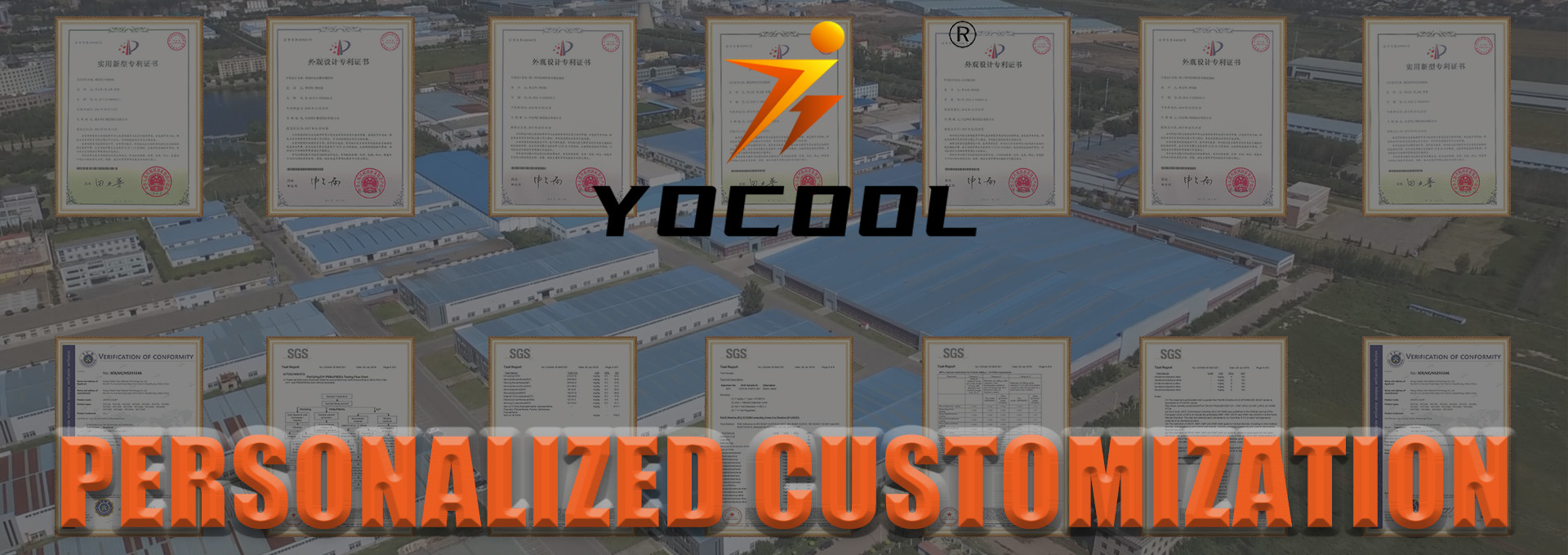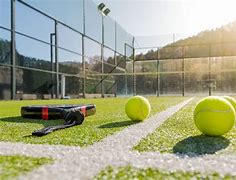Apr . 30, 2024 14:06 Ad album
A Comprehensive Guide on Building a Padel Court
Building a padel court requires careful planning, adherence to regulations, and attention to detail. Here's a comprehensive guide to help you through the process:
1. Planning and Regulations:
a. Location: Choose a suitable location with enough space for the court and its surrounding area. b. Permits: Check local regulations and obtain any necessary permits for construction. c. Space Requirements: Ensure the area is large enough to accommodate the court with proper buffer zones. d. Orientation: Orient the court to minimize the impact of sun glare and wind.
Introducing the Padel Court: A Revolutionary Advancement in Sports Facilities The Padel Co
2. Court Design:
a. Dimensions: A standard padel court measures 20 meters in length and 10 meters in width. b. Fencing: Install fencing around the court perimeter, typically made of metal or glass. c. Surface: Choose an appropriate surface material such as artificial grass or artificial turf. d. Lighting: Install adequate lighting for night play, ensuring uniform illumination across the court.
3. Construction Process:
a. Excavation: Clear the site and excavate the area to the required depth. b. Foundation: Construct a stable foundation using concrete or asphalt. c. Surface Installation: Lay down the chosen surface material, ensuring proper drainage. d. Fencing Installation: Erect fencing around the court perimeter, following safety guidelines. e. Accessories: Install benches, scoreboards, and other necessary accessories.
4. Equipment:
a. Paddles: Provide high-quality padel paddles for players. b. Balls: Use approved padel balls, which are similar to tennis balls but with less pressure. c. Net: Install a regulation padel net, which divides the court into two halves.
5. Maintenance:
a. Regular Inspections: Periodically inspect the court for damage or wear and tear. b. Cleaning: Keep the court surface clean by regularly removing debris and dirt. c. Repairs: Promptly repair any damage to the surface, fencing, or other court components. d. Resurfacing: Plan for periodic resurfacing to maintain the quality of the playing surface.
6. Safety Considerations:
a. Fencing Height: Ensure the fencing is tall enough to prevent balls from leaving the court. b. Non-Slip Surface: Use a surface material that provides good traction to prevent slips and falls. c. First Aid Kit: Keep a stocked first aid kit onsite for minor injuries. d. Emergency Procedures: Establish clear procedures for handling emergencies on the court.
7. Marketing and Management:
a. Promotion: Market the padel court to attract players, possibly offering introductory sessions or tournaments. b. Booking System: Implement a booking system to manage court reservations efficiently. c. Maintenance Schedule: Develop a maintenance schedule to ensure the court remains in top condition. d. Community Engagement: Foster a sense of community around the padel court by organizing events and leagues.
By following this comprehensive guide, you can successfully plan, construct, and maintain a padel court for players to enjoy for years to come.
-
Sports Facilities with Professional Padel Court Construction
NewsJun.25,2025
-
Revolutionize Sports Facilities with Premium Padel Court Solutions
NewsJun.25,2025
-
Play with Premium Padel Court Innovations
NewsJun.25,2025
-
Ignite Passion with Premium Padel Tennis Court Solutions
NewsJun.25,2025
-
Experience Unmatched Play with Bespoke Padel Court Creations
NewsJun.25,2025
-
Candlelit Precision for Padel Court Perfection in Outdoor Arenas
NewsJun.25,2025


